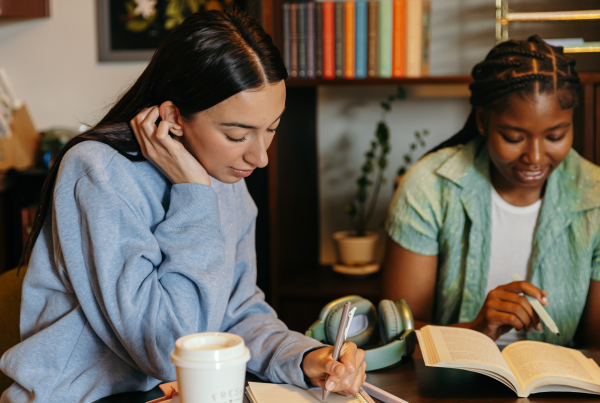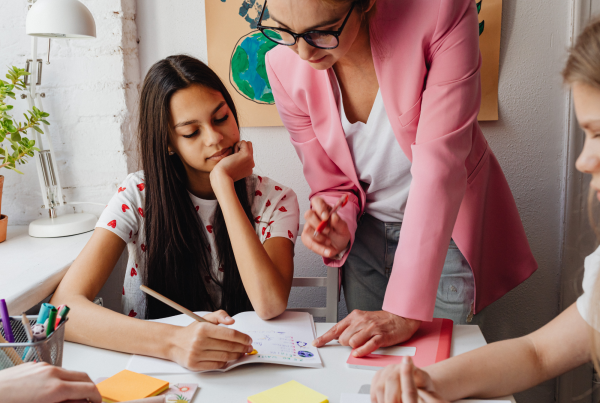 By Scott Lutostanski
By Scott Lutostanski
If I was asked to boil school down to its simplest form, I’d probably say something like this:
Students go to school to learn information that they previously didn’t know. Then, after a certain amount of time passes, they are asked to demonstrate that they have learned the information.
I have long viewed school this way. To state the obvious, school is incredibly more complicated than this simple process I just laid out. However, this is still the key purpose of school. Considering that learning new information is the main academic behavior that is taking place, it is sometimes confusing that schools don’t teach study strategies more often. They show students what they need to learn, but not necessarily the best ways to learn. Because of this, many students dive into ineffective strategies. In this blog, I am going to share the 3 study mistakes students should avoid…but often don’t.
- Re-reading the book or notes: This is number one on this list for a reason. The majority of students use this as their number one study strategy. I hear it all the time. Reading through notes does not engage the student in active learning. Instead, it provides false confidence and completely lacks the ability to gauge whether students actually know the information. A student needs to quiz themselves in order to learn and prove they have learned. This is known as retrieval. Research shows that students perform much better when they use quizzing themselves as their main study strategy. Rereading their book or notes creates the opposite effect: students perform worse and compounding that, they report having more confidence in what they know. By cutting re-reading out and replacing it with a more effective strategy, students can greatly increase their retention.
- Using 1 Preferred Learning Style: Although it is effective for students to use different modes of learning like visual, auditory, kinesthetic, etc., the learning styles theory (students have one preferred learning style that works best for them) has been debunked. It is certainly true that some students may prefer different styles when they study, but that does not mean that one works better than another. Most important is that students use different styles of learning and continue to encode and retrieve in new ways that challenge them to learn the information. For more information on debunked learning styles, watch this video.
- Memorizing Everything- Some students feel that their only path to mastery is memorizing every little tiny piece of information in the class. This can be grueling, time-consuming, and can cause students to miss out on big picture ideas. Instead, students can use more broad study strategies that get away from the narrow vision that memorizing everything can create. By expanding the study strategies used, students can have a more comprehensive understanding of the content.
Study skills are something that students can learn about, practice, and become much better at. School is, after all, all about learning new information. If you’re interested in learning more, Galin Education has a 1-on-1 Study Skills program this summer. Students will get paired up with one of our Academic Coaches and get taught all the philosophies, strategies, and planning skills that it takes to become top notch at studying. To learn more, you can visit our website or email info@galined.com.
Looking for something else this Summer?
We are also offering Executive Function Coaching and Transitioning to College Coaching. All these programs are 1-on-1 meetings with one of our Academic Coaches. You can learn more here.




